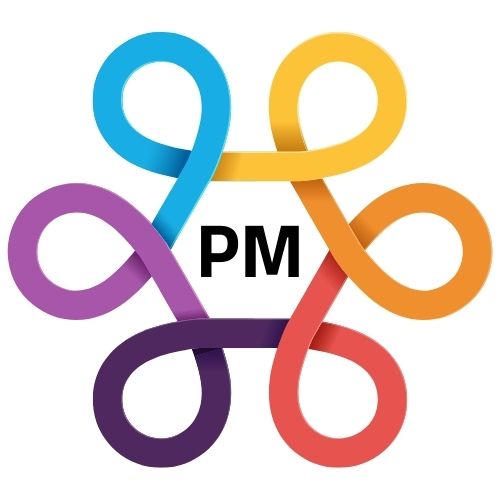How to Optimize Your Landing Pages for Conversions

Turning Clicks into Customers: Optimizing Landing Pages for Conversions...
In the digital marketplace, your landing page is the pivotal point where a casual click transforms into a valuable conversion. Whether you're selling a product, generating leads, or promoting a service, a well-optimized landing page can significantly impact your bottom line. But how do you ensure your landing page isn't just a digital dead end? Let's delve into the key strategies for maximizing conversions.
1. Define Your Goal and Target Audience:
Before designing a single pixel, clarify your landing page's purpose. What action do you want visitors to take? Is it to subscribe to a newsletter, download an ebook, or purchase a product? Understanding your goal allows you to tailor your content and design accordingly.
Equally important is knowing your target audience. Who are you trying to reach? What are their pain points, needs, and desires? Crafting content that resonates with your audience's specific concerns will dramatically increase engagement.
2. Craft a Compelling Headline and Subheadline:
Your headline is the first (and sometimes only) thing visitors see. It must be attention-grabbing and clearly communicate the value proposition. A strong subheadline can provide further context and reinforce the headline's message.
- Keep it concise: Aim for clarity over cleverness.
- Highlight the benefit: What will the visitor gain?
- Use strong action words: Encourage immediate engagement.
3. Design for Clarity and Simplicity:
A cluttered landing page overwhelms visitors and distracts them from your conversion goal. Prioritize a clean, minimalist design with ample white space.
- Focus on a single conversion goal: Avoid multiple calls to action.
- Use a clear visual hierarchy: Guide the visitor's eye to the most important elements.
- Ensure mobile responsiveness: A significant portion of traffic comes from mobile devices.
4. Optimize Your Call to Action (CTA):
Your CTA is the heart of your landing page. It should be prominent, persuasive, and clearly indicate the desired action.
- Use action-oriented language: "Download Now," "Get Started," "Subscribe Today."
- Create a visually distinct button: Use contrasting colors and ample padding.
- Test different CTA variations: Experiment with wording, size, and placement.
5. Leverage Social Proof and Trust Signals:
Building trust is crucial for conversions. Incorporate social proof elements to demonstrate credibility and reassure visitors.
- Testimonials and reviews: Showcase positive feedback from satisfied customers.
- Case studies: Illustrate how your product or service has helped others.
- Trust badges and security logos: Display recognized certifications and security measures.
6. Optimize Page Load Speed:
In today's fast-paced digital environment, speed is paramount. Slow-loading pages lead to high bounce rates and lost conversions.
- Compress images: Reduce file sizes without sacrificing quality.
- Minimize HTTP requests: Combine and minify CSS and JavaScript files.
- Utilize a content delivery network (CDN): Distribute your content across multiple servers.
7. A/B Testing and Continuous Improvement:
Optimization is an ongoing process. A/B testing allows you to experiment with different elements and identify what resonates best with your audience.
- Test one variable at a time: Change headlines, CTAs, images, or form fields.
- Use analytics tools: Track key metrics like conversion rates and bounce rates.
- Iterate and refine: Continuously improve your landing page based on data-driven insights.
8. Use High Quality Visuals:
Visuals are a powerful tool for capturing attention and conveying your message.
- Use relevant and high-resolution images: Avoid generic stock photos.
- Incorporate videos: Videos can significantly increase engagement and conversion rates.
- Ensure visuals are mobile-friendly: Optimize images for different screen sizes.
9. Create a Sense of Urgency or Scarcity:
Creating a sense of urgency or scarcity can motivate visitors to take immediate action.
- Limited-time offers: "Sale ends in 24 hours!"
- Limited availability: "Only 10 spots remaining!"
- Countdown timers: Visually represent the time remaining.
10. Keep Forms Simple and Concise:
If your landing page requires visitors to fill out a form, keep it as short and simple as possible.
- Only ask for essential information: Reduce friction and increase completion rates.
- Use clear and concise labels: Avoid jargon and technical terms.
- Optimize form fields for mobile: Ensure easy input on smaller screens.
By implementing these optimization strategies, you can transform your landing pages from passive web pages into powerful conversion engines. Remember, continuous testing and refinement are key to maximizing your results.
